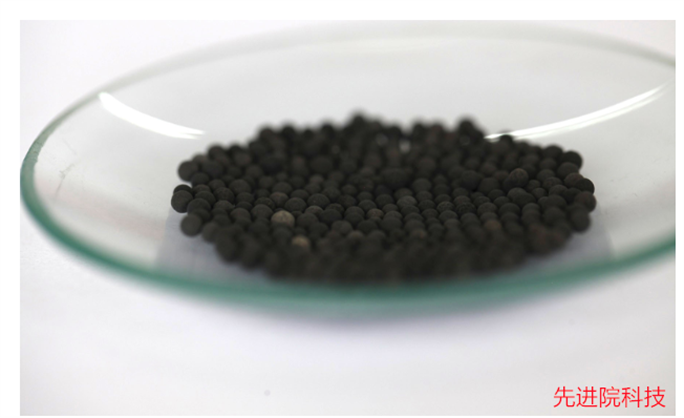With the rapid development of the chemical industry, the requirements for environmental protection and efficient production are also increasing. Among them, desulfurization catalysts, as an important chemical additive, are widely used in various fields. This article will focus on a special desulfurization catalyst——
Thiophene deep desulfurization catalysisAgent (low stack ratio), and explore its application and significance in the adipic acid and caprolactam industries.
1. Comprehensive and deep desulfurization to ensure product quality
Thiophene deep desulfurization catalyst, as an efficient catalyst, has excellent desulfurization ability. It can deeply remove sulfides such as thiols, sulfides, and thiophenes from benzene. The presence of these sulfides in the production process of adipic acid and caprolactam can have adverse effects on the quality of the products. The use of thiophene deep desulfurization catalyst can remove thiophene to below 0.01ppm, while achieving a sulfur capacity of over 0.8 grams of thiophene per kilogram of catalyst. This comprehensive and deep desulfurization effect effectively ensures the quality of adipic acid and caprolactam.
2. Efficient catalysis, improving production capacity and reducing energy consumption
The thiophene deep desulfurization catalyst uses high specific surface area alumina as the carrier, with a noble metal (Pd/Ru) loading of 0.98-1.05 wt.%. This special structure and composition endow the catalyst with excellent catalytic performance. The catalyst has a surface area of 360~380m2/g and a bulk density of 0.53~0.57cm3/g. The efficient catalytic ability of the catalyst not only increases production capacity but also reduces energy consumption, making the production of adipic acid and caprolactam more economical and efficient.
3. Environmentally friendly and achieving green production
The application of thiophene deep desulfurization catalyst can effectively reduce sulfide emissions in industrial waste gas. The emission of sulfides not only pollutes the environment, but also poses a threat to human health. By using thiophene deep desulfurization catalyst, the emission of sulfides can be effectively reduced, the environment can be protected, and green production can be achieved.
Conclusion:
As a special
Desulfurization catalystThe thiophene deep desulfurization catalyst (low stack ratio) has shown great potential and significance in the adipic acid and caprolactam industries. The comprehensive and deep desulfurization effect ensures product quality, the efficient catalytic characteristics improve production capacity and reduce energy consumption, and the environmental friendliness achieves green production. With the continuous advancement of technology and increasing demand, it is believed that thiophene deep desulfurization catalysts (low stack ratio) will play a more important role in the adipic acid and caprolactam industries.






